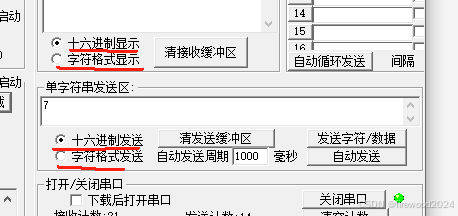流
不同的数据有不同的方式得到其stream
- 单列集合:使用Collection中的默认方法:
default Stream<E> stream - 双列集合:没有直接获取stream的方法,只能把他转化为单列集合
- 数组:Arrays中的静态方法:
public static <T> Stream<T> stream(T[] array) - 一堆零散的数据:这些数据必须同质,使用Stream接口中的方法:
public static<T> Stream<T> of(T ...values)
中间方法
- 使用中间方法,会返回一个新的流
- stream只能使用一次,最好使用链式编程
- 修改Stream中的数据,不会改变原集合中的数据
filter
Stream<T> filter(Predicate<? super T> predicate)
按照某种规则过滤元素。
匿名内部类写法:
Stream<String> stream = list.stream().filter(new Predicate<String>() {@Overridepublic boolean test(String s) {if (s.startsWith("")) {return true;}return false;}
});
lambda表达式写法:
Stream<String> stream = list.stream().filter(s -> s.startsWith(""));
limit
Stream<T> limit(long maxSize)
获取前maxSize个元素
skip
Stream<T> skip(long n)
跳过前n个元素
distinct
Stream<T> distinct()
元素去重,依赖于hashcode和equals方法,因为其底层是使用HashSet实现的。
concat
static <T> Stream<T> concat(Stream a, Stream b)
将a和b合并为一个流
map
Stream<T> map(Function<T, R> mapper)
转换流中的数据类型
匿名内部类写法:
// Function<T, R>,则apply方法的返回值是R,接收的stream的泛型也得是R
Stream<Integer> stream = list.stream().map(new Function<String, Integer>() {@Overridepublic Integer apply(String s) {return Integer.parseInt(s);}
});
lambda表达式写法:
Stream<Integer> stream = list.stream().map(s -> Integer.parseInt(s));
终结方法
- 终结方法的返回值不是stream
forEach
void for Each(Consumer action)
用来遍历流,可以进行一些操作
// 匿名内部类的写法
// accept的参数s代表的是流上的每一个数据,也就是list中的每一个元素
list.stream().forEach(new Consumer<String>() {@Overridepublic void accept(String s) {System.out.println(s);}
});// lambda表达式的写法
list.stream().forEach(s -> System.out.println(s));
count
long count()
统计流上数据个数,也就是原数据元素的个数
toArray
toArray()
收集流中的数据,放在数组中
![![[Pasted image 20240722145730.png]]](https://i-blog.csdnimg.cn/direct/da7910d192b84779978718e94d9200b1.png)
// IntFunction的泛型值得是具体的类型数组
// apply的参数是流中数据的个数,需要与数组的长度保存一致
list.stream().toArray(new IntFunction<String[]>() {@Overridepublic String[] apply(int value) {return new String[value];}
});// lambda表达式的写法
list.stream().toArray(value -> new String[value]);
collect
collect(Collector collector)
收集流中的数据,放在集合中。在收集前也可以使用一些中间方法进行筛选
- 收集到List中,参数是Collectors.toList()
list.stream().collect(Collectors.toList());
- 收集到Set中,参数是Collectors.toSet()
list.stream().collect(Collectors.toSet());
- 收集到Map中,参数是Collectors.toMap(a,b),其中a和b是两个匿名内部类,第一个对应健的生成规则,第二个对应值的生成规则
// 使用匿名内部类
list.stream().collect(Collectors.toMap(new Function<String, Integer>() {@Overridepublic Integer apply(String s) {return Integer.parseInt(s);}}, new Function<String, Integer>() {@Overridepublic Integer apply(String s) {return Integer.parseInt(s);}}
));// 使用lambda表达式
list.stream().collect(Collectors.toMap(s -> Integer.parseInt(s), s -> Integer.parseInt(s)));



















